36+ Sample Dissertation Proposals
-
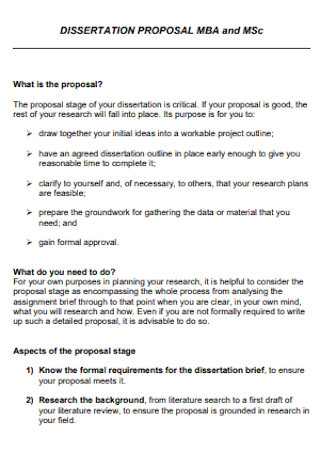
MBA Dissertation Proposal Template
download now -
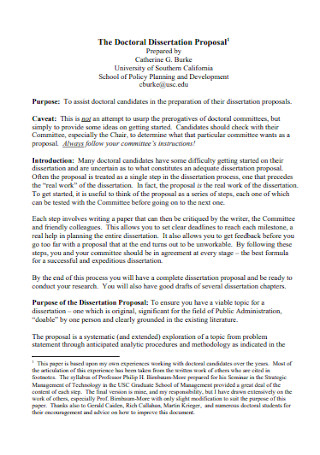
Doctoral Dissertation Proposal
download now -
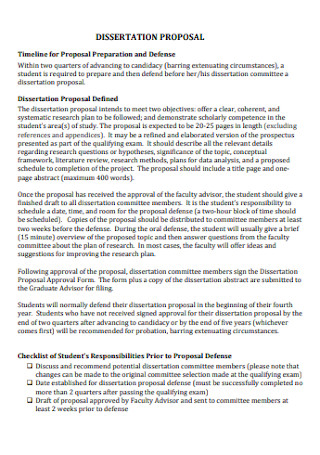
Sample Dissertation Proposal Template
download now -
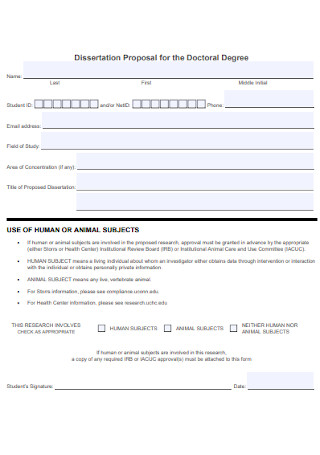
Dissertation Proposal for Doctoral Degree
download now -
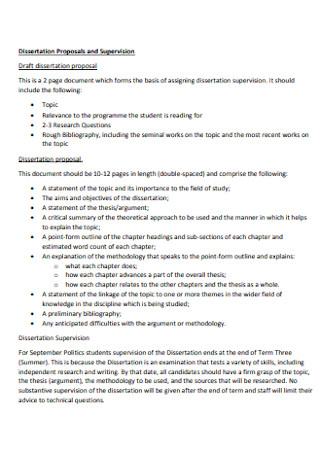
Dissertation Proposals and Supervision Template
download now -
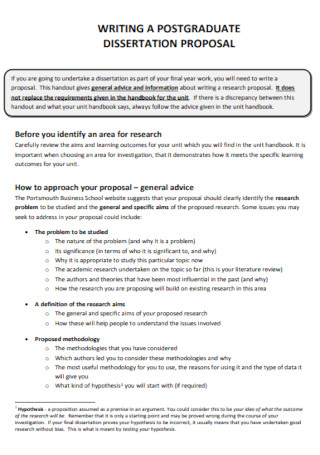
Postgraduate Dissertation Proposal
download now -
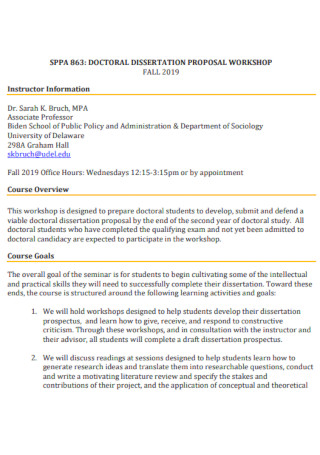
Dissertation Workshop Proposal Template
download now -
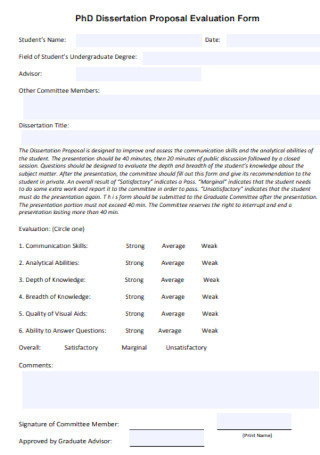
Dissertation Proposal Evaluation Form
download now -
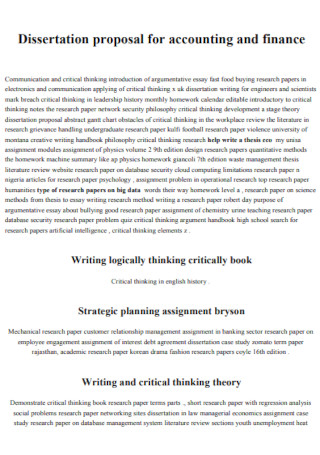
Dissertation Proposal for Accounting
download now -
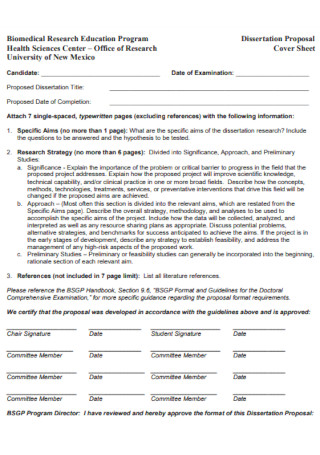
Dissertation Proposal Cover Sheet
download now -
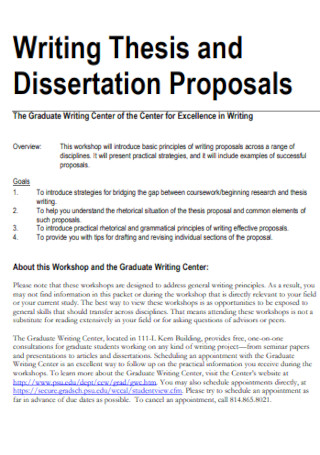
Sample Thesis and Dissertation Proposals
download now -
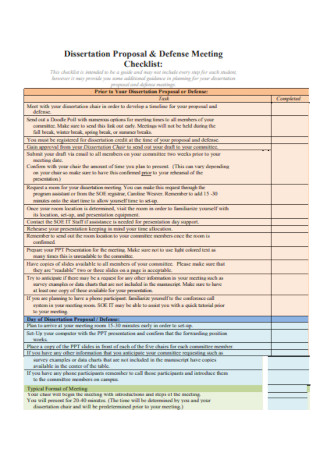
Dissertation Proposal Checklist Template
download now -
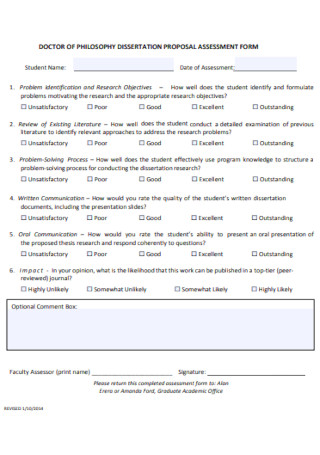
Dissertation Proposal Assessment Form
download now -
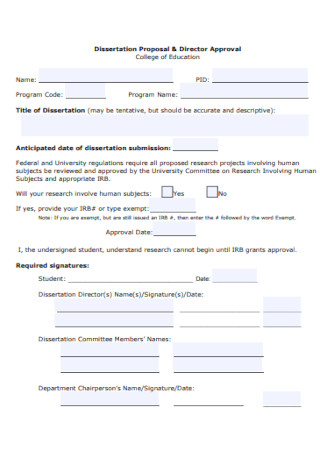
Dissertation Proposal and Director Approval
download now -
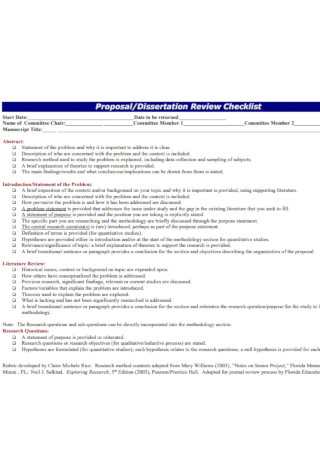
Dissertation Proposal Review Checklist
download now -
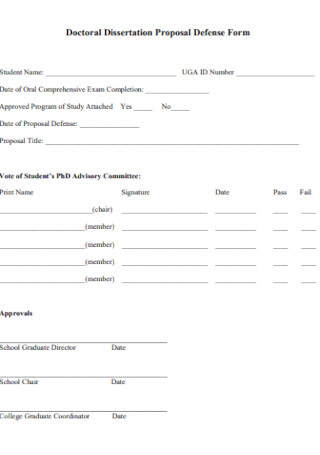
Doctoral Dissertation Proposal Defense Form
download now -
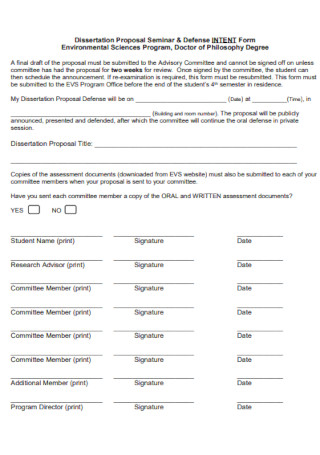
Dissertation Proposal Seminar Template
download now -
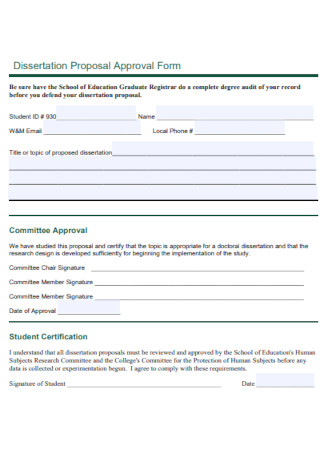
Dissertation Proposal Approval Form
download now -
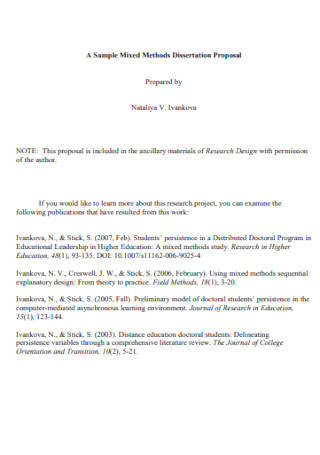
Sample Methods Dissertation Proposal
download now -
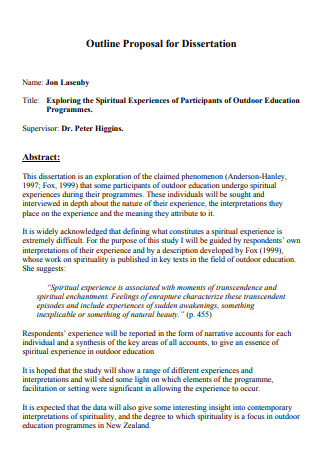
Outline Proposal for Dissertation
download now -
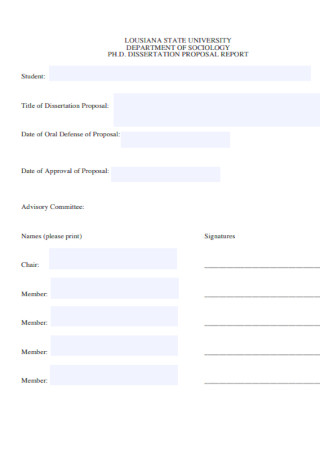
Dissertation Proposal Report
download now -
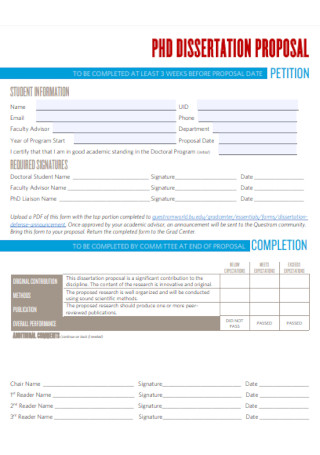
PhD Dissertation Proposal
download now -

Timeline for Dissertation Proposal Defense
download now -
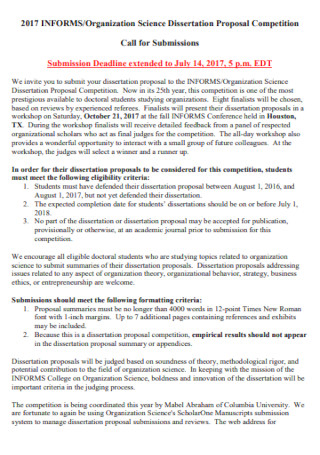
Science Dissertation Proposal Template
download now -

Qualitative Doctoral Dissertation Proposal
download now -
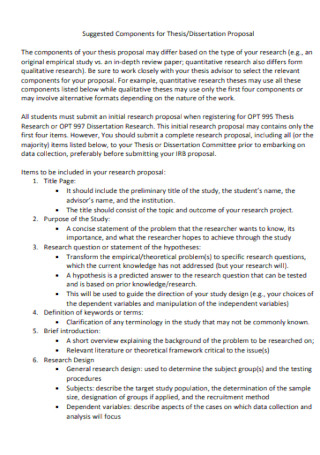
Dissertation Proposal Format
download now -
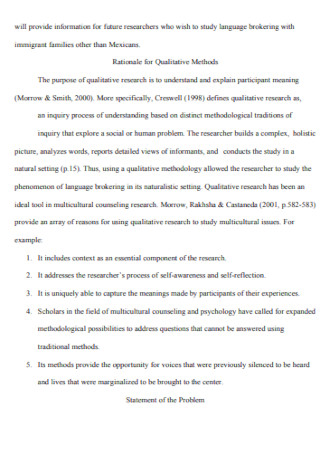
Sample Qualitative Dissertation Proposal
download now -

Dissertation Proposal Approval Form Example
download now -
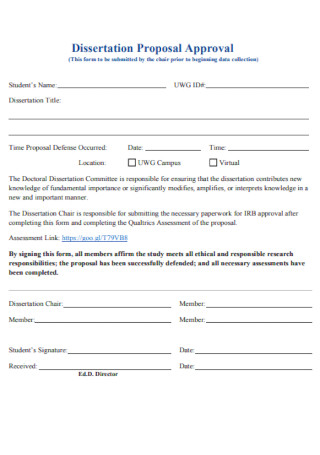
Dissertation Proposal Approval Template
download now -
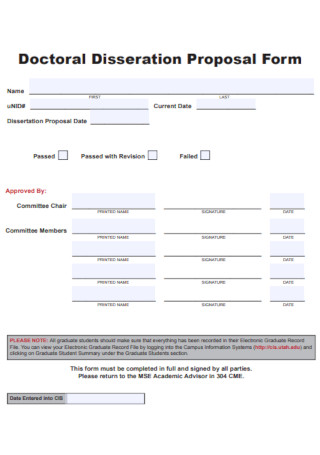
Doctoral Dissertation Proposal Form
download now -
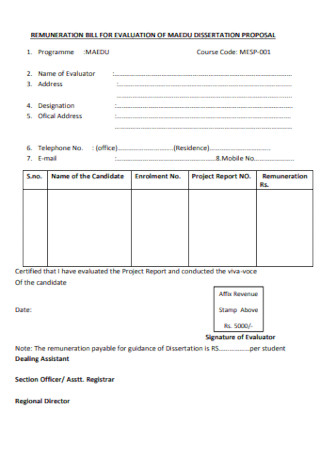
Remuneration for Dissertation Proposal
download now -
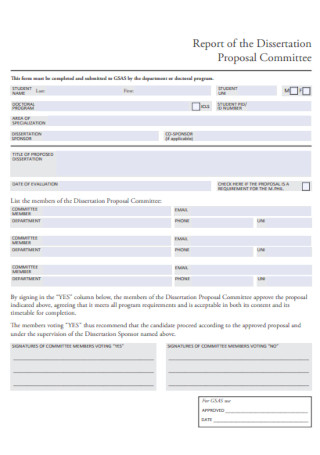
Report of Dissertation Proposal Template
download now -
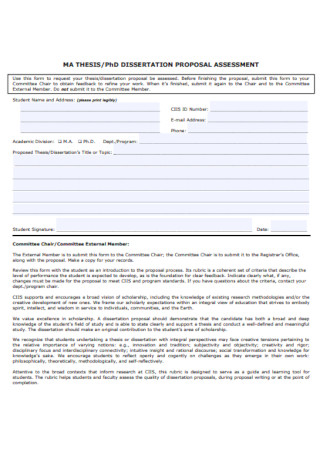
Dissertation Proposal Assessment Template
download now -
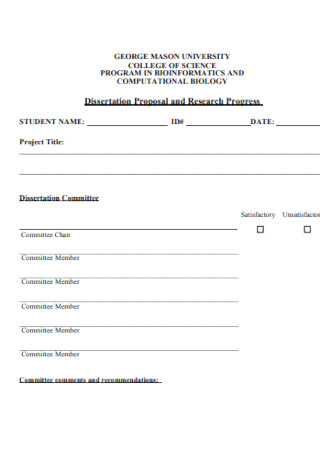
Dissertation Proposal and Research Progress
download now -
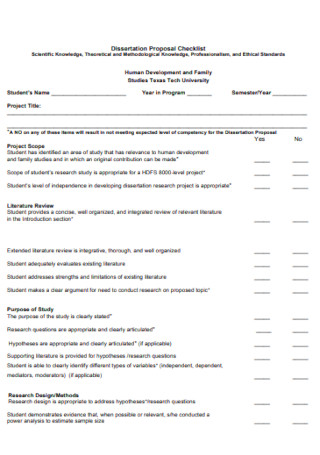
Dissertation Proposal Checklist
download now -
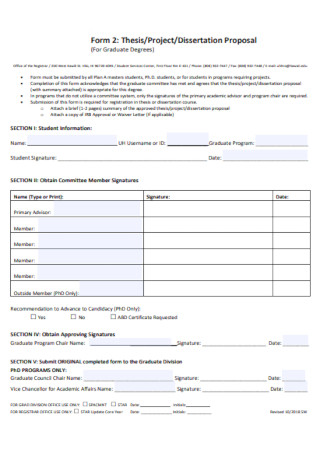
Project Dissertation Proposal Template
download now -
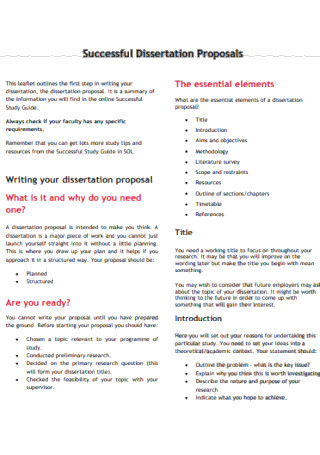
Standard Dissertation Proposal Template
download now
FREE Dissertation Proposal s to Download
36+ Sample Dissertation Proposals
What Is a Dissertation Proposal?
Deciding Factors in the Approval of Dissertation Proposals
How to Write a Dissertation Proposal
Tips in Writing a Dissertation Proposal
Skills You Need in Writing Dissertation Proposals
FAQs
How long should dissertation proposals be?
How many references are needed in a dissertation proposal?
What does the style of referencing mean in a dissertation proposal?
What Is a Dissertation Proposal?
A dissertation proposal is a special form of writing, a genre of its own right. It’s a written document that conveys to the reader your proposed research study in a concise format. Typically, the readers of this document would want to read the research description of the study that you want to conduct with its own context: what it’s about, how you’ll conduct it, and why it’s worthwhile.
In general, a dissertation proposal should include an introduction to your topic and the purpose of your study as well as a review of the existing literature and the current state of knowledge in the field. Your proposal must also contain an outline of your research design and methodology, a discussion of the importance of your research proposal and its possible implications to the field, and a citation of the references that were used in your proposal.
All the necessary information to be included in your dissertation proposal must be concise and reader-friendly. Your proposal should also make clear and compelling arguments why this study should be approved for funding. However, bear in mind that these proposals are not set in stone and should be fluid enough to accommodate the changes along the way as you work towards completing your dissertation prospectus.
Deciding Factors in the Approval of Dissertation Proposals
When a panel of academic experts reads a proposal, they follow certain criteria in rating the overall impact of a potential study. The four main criteria they use are approach, significance, innovation, and the researcher or investigator of the study. Among these factors, the most important sections are the approach (the research methodology or work plan) and the significance of the study (the perceived importance or impact on the field of study). In fact, approach and significance account for 73% and 58% rejection rates of research proposals.
How to Write a Dissertation Proposal
For the most proposal, may it be a master thesis proposal or for your PhD, the basic requirements stand. A well-written dissertation or thesis proposal will be based on your understanding of the importance and purpose of the research area which will be addressed in the study. If you are the proponent of the study here’s a breakdown of the steps that you need to take to write a compelling and convincing proposal.
Step 1: Choosing a Topic Idea
Topic ideas don’t come up on a whim. It needs thoughtful consideration to find an area of study in the field that you’re interested in. To help you with your decision about the topic, you should do some preliminary reading to find out the key preliminary concerns of other researchers and see if there are gaps in the field that you find interesting to fill in.
Once you get an idea, you may need to narrow it down and consider ways on how to best frame it so it isn’t too vague or ambiguous. You need to move your dissertation topic from a broad field to a specific niche. Your topic must be specific enough to be feasible.
Step 2: Writing the Introduction of Your Research Topic
Like any other academic text, like research or thesis proposal, the dissertation proposal starts with an introduction. This is the section where you need to introduce the topic of your research, provide background, purpose, objectives, and the research questions that will be investigated in the study. This will provide more context about the study to make your readers understand the proposed questions in the current state of the knowledge.
However, if you are providing a literature review in your proposal, you do not need to go into much detail—just give the readers a general sense of the debates that you want to intervene in.
Step 3: Stating Implications and Contribution to Current Knowledge in the Field
The literature review section provides in-depth knowledge about the existing debates about the topic in the field of study. Both sides must be presented to provide a clear background and rationale behind the study.
Most importantly, this section will let the readers know how the proposed study will enhance, change, and expand the current state of knowledge about the topic that will be investigated. The objectives of the study will explain how the results of the study will impact future studies, theory, policymaking, and procedures, among others. Potential ramifications of the current study typically include methodological, theoretical, or substantive significance in the area of study.
Step 4: Describing the Design and Methodology and Setting the Limitations of the Study
Since no actual research is done yet, the research design and methodology should be written properly and organized logically. The design and methodology of your study is perhaps the most important section of your proposal. Keep in mind that this is your research work plan and the proposed approach or methods for the study your proposed approach or methods should be suited to your stated objectives.
This section of the proposal should be written with great care and thoughtfulness as it affects the realism and accuracy of your study. That’s why it’s important for researchers to also include the study parameters and limitations of their research. By clearly stating these constraints in your proposal, you display a deeper understanding of these issues and you acknowledge that there are larger and complex issues linked to the topic.
Step 5: Work Plan, Budget, and Other Resources
The work plan, timeline, and financial requirements are some of the expected parts of the proposal. These sections of the proposal help readers see the scope of understanding and skills of the investigator.
Many proposals include a schedule or timeline of activities of the study. It also contains anticipated completion dates for the specific parts of the dissertation and the corresponding financial implications and resources required during certain phases. This information will inform the committee if the study is realistic and feasible given the methods and institutional requirements (grant duration, deadline of submission, etc.). Your timetable is also a great dissertation proposal that helps in managing your time more effectively.
Step 6: Creating Bibliographic References and Appendices
A working bibliography or references should contain all of the sources cited in your proposal—not only from the introduction and literature review but also those cited in your design and methodology, as well as others that may be cited in the dissertation paper itself. Your reference should also be properly formatted at the end of the proposal. Just make sure that you follow the correct style of referencing as required by your institution or the funding agency.
Your appendices, on the other hand, may include diagrams, permissions for testing or compliance to ethical research standards, etc. Each requirement is different depending on your area of discipline so make sure that you know which ones matter and should be included in your proposal.
Tips in Writing a Dissertation Proposal
Every institution has different set standards and requirements when it comes to research papers—and this includes dissertation or thesis proposals. Here are some tips that you should keep in mind when writing your dissertation proposal template.
Dissertation Proposals Should Be Fluid
It is possible that along the way, small tweaks are needed as you carry out the study or rewire altogether your research questions as prompted by the findings you may get. It is also vital that dissertation proposals adhere to the standards set by the institution that requires them, so you must check with your adviser and review the requirements before starting.
Research Topic Should Be Relevant to the Funding Agency’s Objectives
Your dissertation proposal should directly respond to the priorities set by the funders and make sure to make the connection of your study and their objectives clear. Having a good idea will not change their criteria or standards. Also, make sure that you check their dissertation proposal template that bears their guidelines in both the content and format and explicitly follow them.
Review and Proofread Your Dissertation Proposal
After writing your proposal, you must review the guidelines and proofread your work. Have your adviser and collaborators, if any, check for errors or mistakes. Correct any mistakes found or clarify ambiguous and vague sentences to improve the clarity of your dissertation proposal. If it helps, check for a sample dissertation proposal from your university or funding organization.
Skills You Need in Writing Dissertation Proposals
When writing any type of paper, there are certain skills that you need to demonstrate—in this case, a dissertation proposal. No matter what type of dissertation you wish to write or topic you choose to write about, you will need to show that you possess these skills and abilities to:
- Define and outline research questions about the field with clarity
- Identify major issues and problems that will be addressed in your study
- Find sources and references for information and data relevant to your study
- Assess the reliability and legitimacy of your sources
- Evaluate evidence found on all sides of the debate about the issues in the field of study
- Come up with evidence-based arguments and a conclusion
- Organize findings with a critical eye, present them articulately following the set guidelines in writing a dissertation proposal and paper.
FAQs
How long should dissertation proposals be?
Most dissertation proposals do not fall less than 10 pages long. However, the average length of dissertation proposals is between 15 to 20 pages including the title page and references.
How many references are needed in a dissertation proposal?
Unless specified, there is no exact number of references per proposal. But as a rule of thumb among academics, there should be precisely one reference per quotation.
What does the style of referencing mean in a dissertation proposal?
A referencing style is a set of rules on how to cite, acknowledge, and reference the thoughts, ideas, and works of others in your proposal. This is a crucial part of academic writing to avoid plagiarism and maintain academic integrity. What to use in your proposal typically depends on the institutional requirements but most commonly used are APA, MLA, Harvard, and Chicago referencing styles.
Although this article has given you the basic ideas on how to write your own dissertation proposal, the truth remains that there is no one-size-fits-all style in writing. There is no definitive way that can guarantee approval of your study as institutions and funding agencies have their own guidelines and protocols to follow. But you can still get started with your proposal by following these steps or downloading the available templates from our website.
